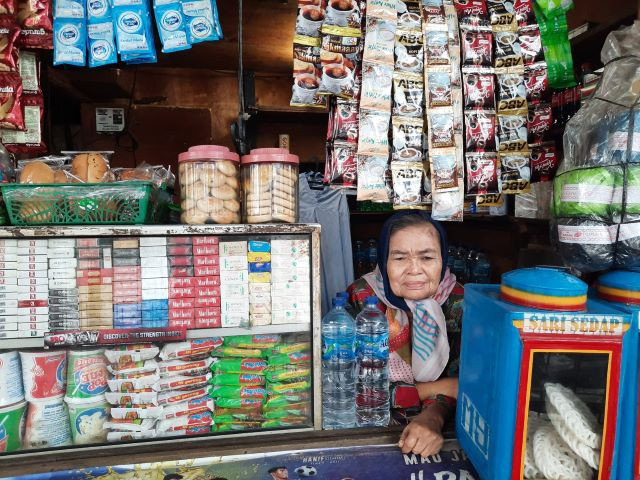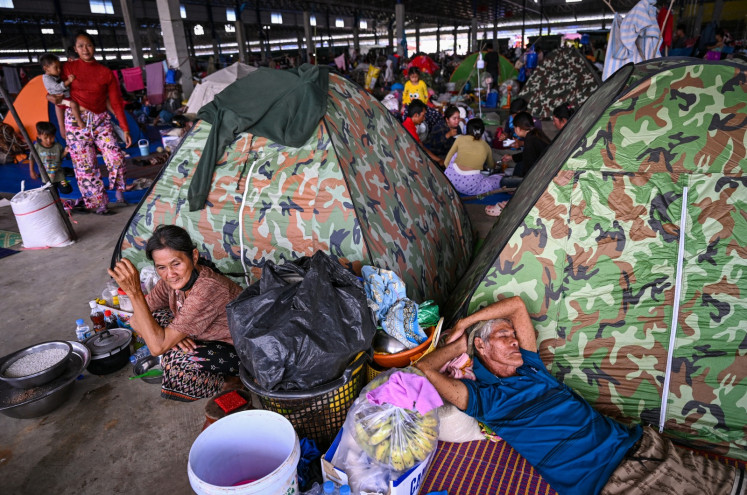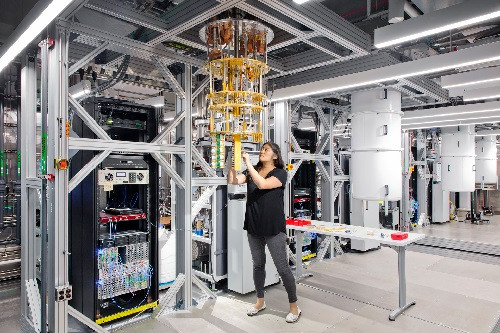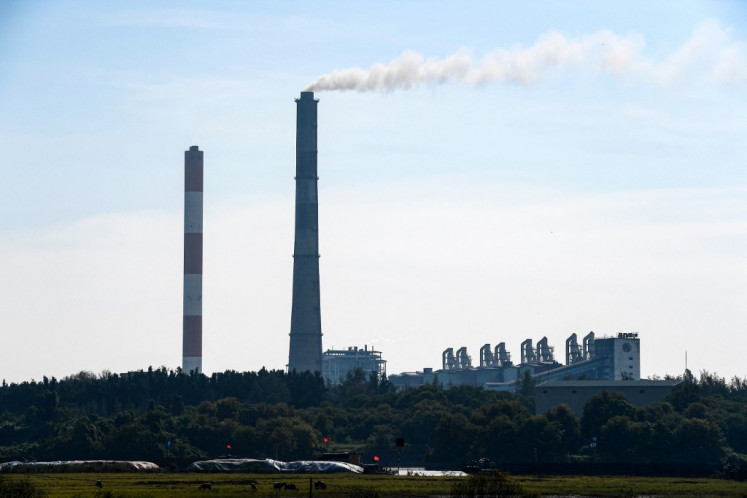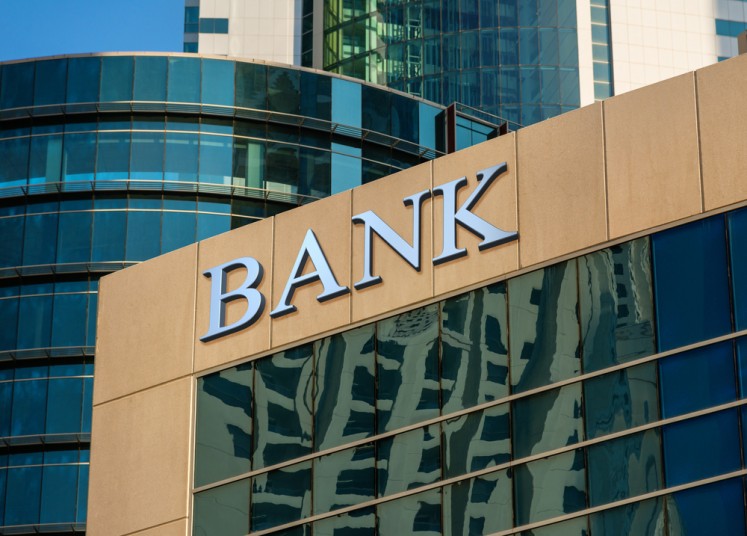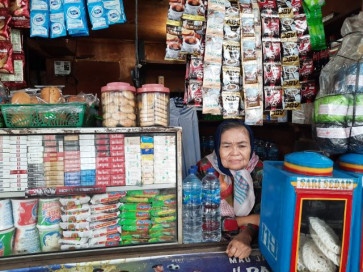Popular Reads
Top Results
Can't find what you're looking for?
View all search resultsPopular Reads
Top Results
Can't find what you're looking for?
View all search results‘Warung’, the face of community economy, and its empowerment
The value of credit extended to MSMEs in Indonesia amounted to 7 percent of gross domestic product, relatively low compared to that in neighboring countries which exceeds 15 percent.
Change text size
Gift Premium Articles
to Anyone
W
hen was the last time you visited a warung (traditional stall)? For some urban people, going to a convenience store is the preferred, rational choice. Air-conditioned shopping rooms, friendly service and shopping convenience are advantages that cannot be missed.
However, do you know there are more than 1.9 million micro, small and medium enterprise (MSME) stalls that dot the archipelago in various forms (stalls, grocery, shops, taverns and others), which always serve the needs of our society every day?
The warung is the true face of our people's economy. Behind the stalls, there is an economic cycle, both in terms of the distribution of goods/services, circulation of money/payment systems and sources of livelihood, the mainstay of the community's business sector when it is not accommodated in the formal sector or other impacts (e.g. layoffs).
The factor of their presence in suburban and rural demographics, the emotional closeness between buyers and sellers during transactions and the choices of payment installment mean the existence of MSME stalls are still in-demand and continue to be needed by the community.
The government and policymakers should always take care of or even be able to increase the MSME class of our stalls. During the last pandemic, the economic contraction also affected the lifeblood of stalls, which resulted in reduced sales turnover. The government at that time provided cash assistance to maintain buying/selling power and the continuity of the stall business. The current post-pandemic economic recovery period is the right time to seize the momentum and utilize the potential of MSME stalls.
Capital is a classic problem for MSMEs, and the stalls business is no exception. Data from Bank Indonesia (BI) state the value of credit extended to MSMEs in Indonesia amounted to 7 percent of GDP, relatively low compared to that in neighboring countries, which exceeds 15 percent. In addition, the portion of MSME loans to total bank credit in Indonesia is around 20 percent, still below the 30-percent target directed by the President in 2024.
However, the good news is banking intermediation for MSMEs continues to improve. MSME credit growth amounted to 8.63 percent (yoy) in March, supported by the realization of the distribution of MSMEs loans (KUR) of Rp 30.31 trillion (US$2.1 billion) as of March 31. From a policy perspective, BI implemented an increase in macroprudential policy incentives to encourage credit/financing growth banking to priority sectors that have not yet recovered, especially KUR.

